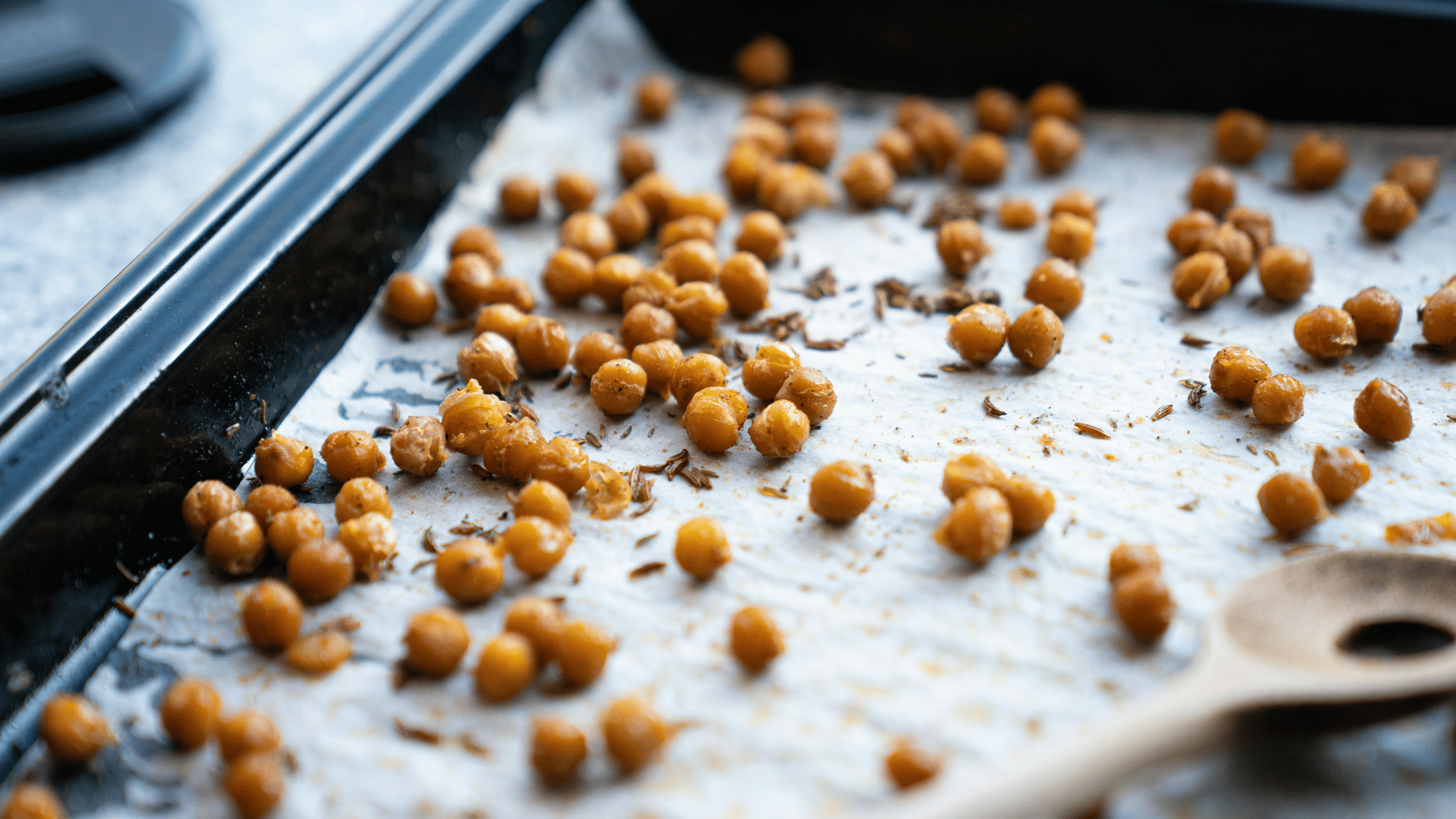Activate Your Inner Ozempic: The Holistic Guide to Boosting GLP-1 for Effortless Weight Management and Balanced Blood Sugar
Jan 15, 2025
Ever wonder how some people seem to naturally maintain steady energy and a healthy weight? Their secret might lie in a powerful hormone called GLP-1 (glucagon-like peptide-1), the same one behind the buzzworthy weight loss shots you’ve heard about. Here’s the exciting part: your body produces GLP-1 naturally and with the right habits, you can optimize its effects for weight management, blood sugar balance, and more.
The Hidden Superpower in Your Gut
Think of your digestive system as a sophisticated messaging system, constantly communicating with your brain about hunger, fullness, and energy needs. GLP-1 acts as the messenger, ensuring these signals are delivered effectively. When working optimally, GLP-1 helps:
- Regulate appetite, so you feel satisfied with smaller portions
- Maintain steady blood sugar levels
- Curb cravings for sugary or processed foods
- Support a healthy metabolism
- Provide sustained energy throughout the day
GLP-1 is a peptide hormone produced in your intestines in response to food intake, making it a crucial player in managing glucose, fat metabolism, and overall energy balance [1][2].
Your Natural GLP-1 Boosting Blueprint
While medications like Ozempic mimic GLP-1, you can stimulate your body’s own production naturally through key dietary and lifestyle changes. Here’s how to activate your inner GLP-1:
The Power Plate Method
The foods you eat can have a big impact on GLP-1 production. Incorporate these tips into your meals:
- Plant Power for Protein: Lentils, chickpeas, and peas may stimulate GLP-1 more effectively than animal proteins like chicken or beef. A warm bowl of lentil soup might fuel your GLP-1 factory better than a chicken breast.

- The Olive Oil Advantage: Unsaturated fats, like those in olive oil, avocados, and nuts, are premium fuel for GLP-1 production compared to saturated fats in butter or fatty meats. A drizzle of olive oil on your salad or a handful of almonds can make a difference [3].
- Supportive Sweeteners: Certain fibers and rare sugars, like resistant maltodextrin and D-allulose, have shown promise in enhancing GLP-1 in early studies. While not yet widely available, these ingredients may become part of the future of functional foods and supplements.
Timing Matters
When and how you eat plays a role in optimizing GLP-1. Consider these tips:
- Meal Frequency: Eating three well-spaced meals instead of frequent snacking can maximize GLP-1 spikes. Aim for 4-5 hours between meals to allow your body to fully process each one.
- Align with Circadian Rhythms: Eating earlier in the day, with a larger breakfast and lunch, supports better GLP-1 responses compared to heavy evening meals.
- Time-Restricted Eating: Limit your eating window to 8-12 hours daily, such as between 8 AM and 6 PM. This gives your digestive system a longer fasting period overnight, which may enhance GLP-1 sensitivity [4].
- Start Strong: Break your overnight fast with a balanced meal containing protein and fiber to trigger a strong GLP-1 response first thing in the morning.
Breaking Through Resistance
If you’ve struggled with weight loss despite your efforts, tweaking your routine may help support your body’s natural GLP-1 response:
- Get Moving: Exercise, whether a single session or consistent training, has been shown to boost GLP-1 levels, especially in those with insulin resistance or type 2 diabetes.
- Stress Less: Chronic stress can interfere with your body’s hormonal balance, including GLP-1 production. Manage stress with:
- Daily meditation or mindfulness practices
- Gentle movement, such as yoga or stretching
- Spending time in nature
- Prioritize Sleep: Poor sleep disrupts hormone regulation. Support your natural GLP-1 levels by:
- Getting 7-9 hours of quality sleep each night
- Establishing a consistent bedtime routine
- Reducing blue light exposure in the evening
The Beauty of a Holistic Approach
While medications like Ozempic have their place, focusing on your body’s natural ability to produce GLP-1 offers sustainable benefits. By nourishing your gut-brain connection through mindful eating, movement, stress management, and quality sleep, you’re not just targeting one hormone—you’re supporting your entire metabolic system.
Every body is unique, and your journey to optimal health is personal. Start with one or two changes that resonate with you and build from there. Your body has an incredible capacity to heal and balance itself—sometimes, it just needs a little support in the right direction.
Here’s to activating your inner GLP-1 for a healthier, more vibrant you!
References
1, 4) Holst, J. J. (2007). The physiology of glucagon-like peptide 1. Physiological Reviews, 87(4), 1409–1439. https://pubmed.ncbi.nlm.nih.gov/17928588/
2) Zheng, Z., Zong, Y., Ma, Y., Tian, Y., Pang, Y., Zhang, C., & Gao, J. (2024). Glucagon-like peptide-1 receptor: Mechanisms and advances in therapy. Signal Transduction and Targeted Therapy, 9, Article 134. https://doi.org/10.1038/s41392-024-01931-z
3) Beysen, C., Karpe, F., Fielding, B. A., Clark, A., Levy, J. C., & Frayn, K. N. (2002). Interaction between specific fatty acids, GLP-1 and insulin secretion in humans. Diabetologia, 45(11), 1533–1541. https://doi.org/10.1007/s00125-002-0964-9
4) Astrup, A. (2024). Reflections on the discovery GLP-1 as a satiety hormone leading to the development of semaglutide. European Journal of Clinical Nutrition. Advance online publication. https://doi.org/10.1038/s41430-024-01460-6


